Following the fate of other historical city centers, Mokpo’s old downtown declined as new-town developments picked up pace. But residents breathed new life into the area, turning it into a model of urban revitalization and a case study for city planners nationwide.
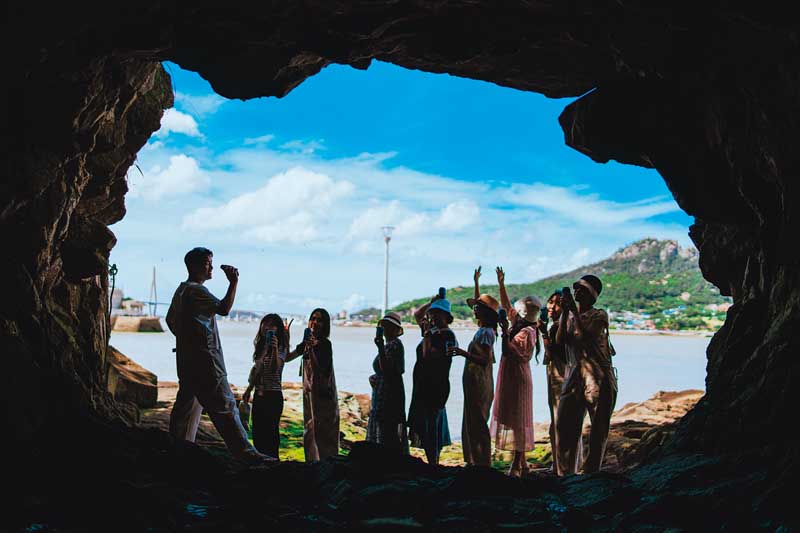
Travelers wearing matching overalls provided by Don’t Worry Village pose for a group photo at a cave on Gohado. Established by two young newcomers who settled in Mokpo, Don’t Worry Village is a community enterprise offering a range of activities for travelers.
Courtesy of Don’t Worry Village
Most cities with a long history share a common concern: the decline of their aging downtown areas. The problem only deepens when urban development policies prioritize development and expansion over renewal and regeneration. Clusters of new housing and businesses draw residents away and drain the old city center of its vitality.
Mokpo followed a similar path. Beginning in the 1990s, its old urban center started to decline when the coastal fishing industry — long a pillar of the regional economy — began to wane and shipbuilding entered a downturn. Many residents departed for new, outlying towns, leaving behind a glut of empty houses.
After more than a decade of decline, it became clear that decisive action was needed. Backed by the government, the groundwork for Mokpo’s urban renewal was laid in the mid-2010s. The city refurbished its main tourist sites and invested in expanding infrastructure. However, tourist numbers fell short of initial expectations, with most visitors opting for mere day trips.
Then the community stepped in. Grassroots groups — including Don’t Worry Village, Kkumbada Cooperative, and Geonmaek 1897 Cooperative — embarked on a series of unusual initiatives that played a central role in breathing new life into the historical center.
EXPERIMENTAL COMMUNITY
Don’t Worry Village, founded in 2017 by two young newcomers to Mokpo, began as an experimental community in the struggling district. First, they renovated vacant houses and turned them into accommodations, where sixty young travelers from across the country stayed for six weeks, pursuing whatever project they desired. This type of extended-stay travel program continues to this day, with Don’t Worry Village expanding its scope by adding more lodging, opening restaurants in unused spaces, and developing a wide range of programs and activities. A converted decades-old inn is now a community space where the travelers gather to socialize, cook, and share meals together. For those looking to extend their stay beyond the six-week program, or even relocate permanently to the city, a mentoring program provides support to help them settle in and start their own businesses.
The transformation of abandoned downtown spaces into vibrant centers of activity quickly caught the attention of government officials. A year after Don’t Worry Village was founded, the Ministry of the Interior and Safety launched the Youth Village project, aimed at helping young people settle in areas outside the capital and pursue entrepreneurial ventures in their new surroundings. The broader goal of the initiative is to inject new life into towns facing population decline and making them more livable. To date, more than fifty youth villages have been established across Korea.
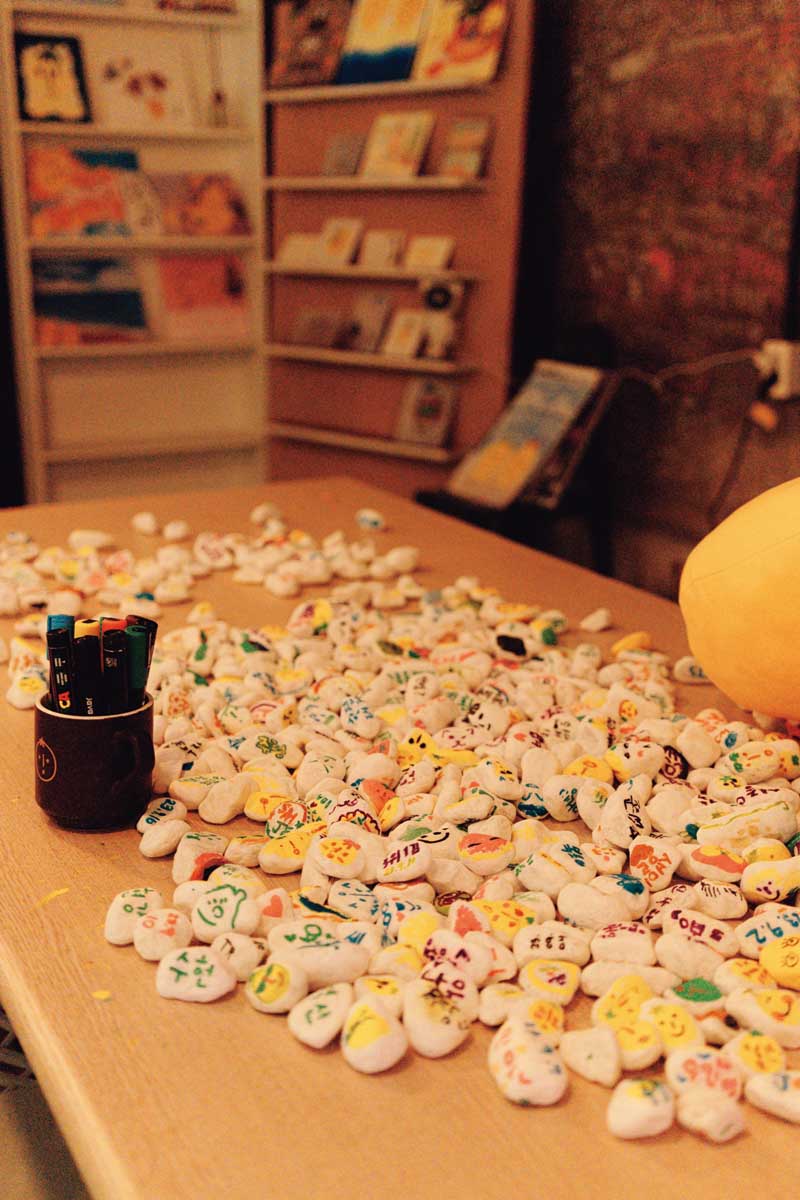
Beepangine is a souvenir shop that was established to promote local Mokpo products. It sells accessories and goods featuring characters inspired by the loquat tree, a symbol of the city.
Courtesy of Don’t Worry Village
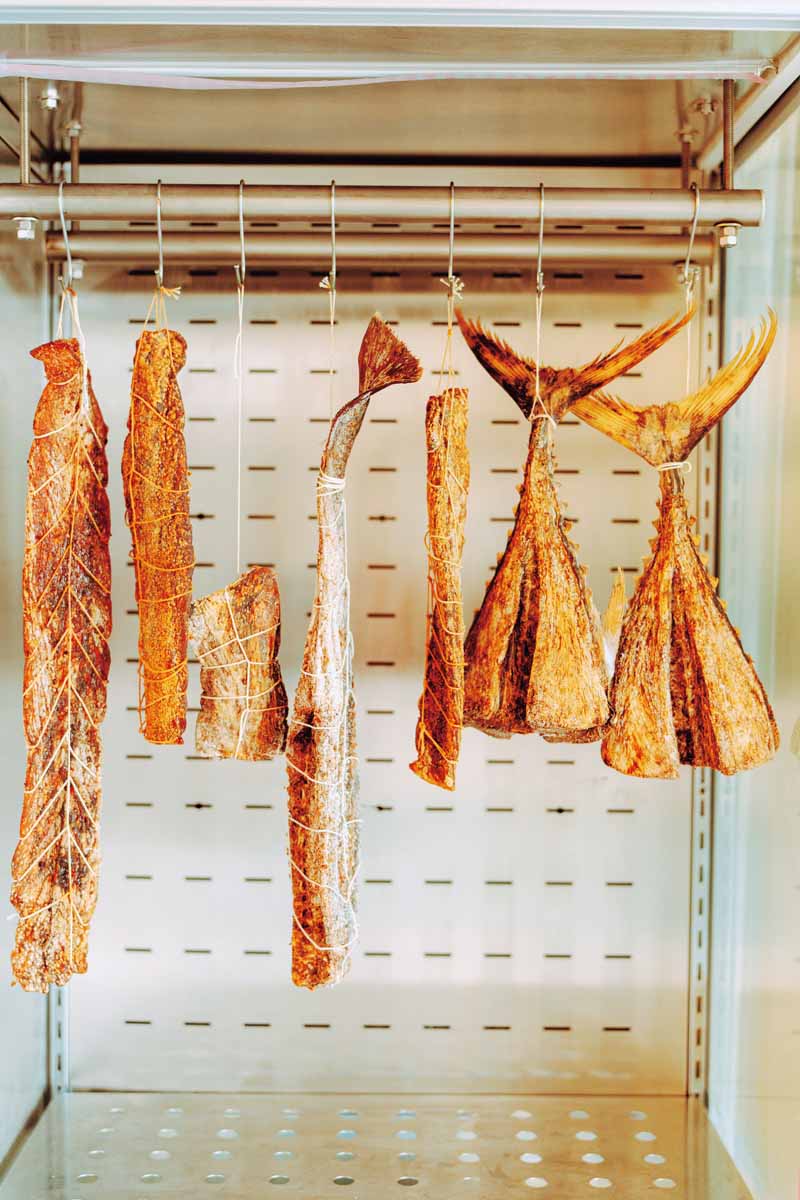
Fishterian, a specialty restaurant near Hangdong Market, puts a new spin on traditional Mokpo flavors. Its seacuterie dishes feature fish caught from Mokpo’s waters.
Courtesy of Don’t Worry Village
VILLAGE HOTEL
Launched in 2020, Mokpo Kkumbada Cooperative is a community enterprise managed by local residents who run guesthouses, restaurants, cafés, and galleries in Mokpo’s old downtown. While researching various urban renewal cases, both in and outside of Korea, members devised a bold plan. Rather than repurposing a high-rise structure, the cooperative decided to turn the traditional concept of a hotel on its head — or rather sideways.
Instead of a vertical layout with the main lobby, rooms, restaurants, and other facilities stacked on separate floors, they envisioned a hotel that spread out horizontally along an entire alley. The downtown area’s quaint charm and rich cultural heritage made it the perfect setting for this unconventional concept.
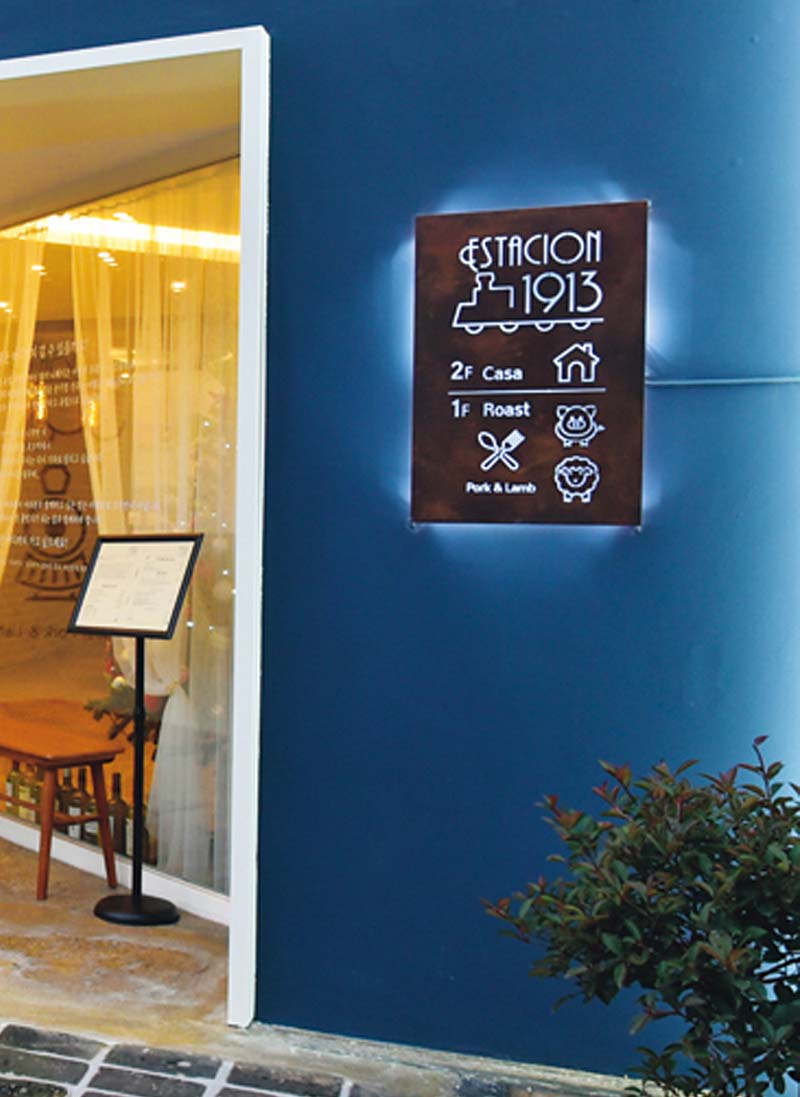
Estacion 1913 is a restaurant-cum-guesthouse established by out-of-towners who were drawn to Mokpo’s charm and settled in the city. Its rooftop offers a panoramic view of the old downtown.
Courtesy of Kkumbada Cooperative
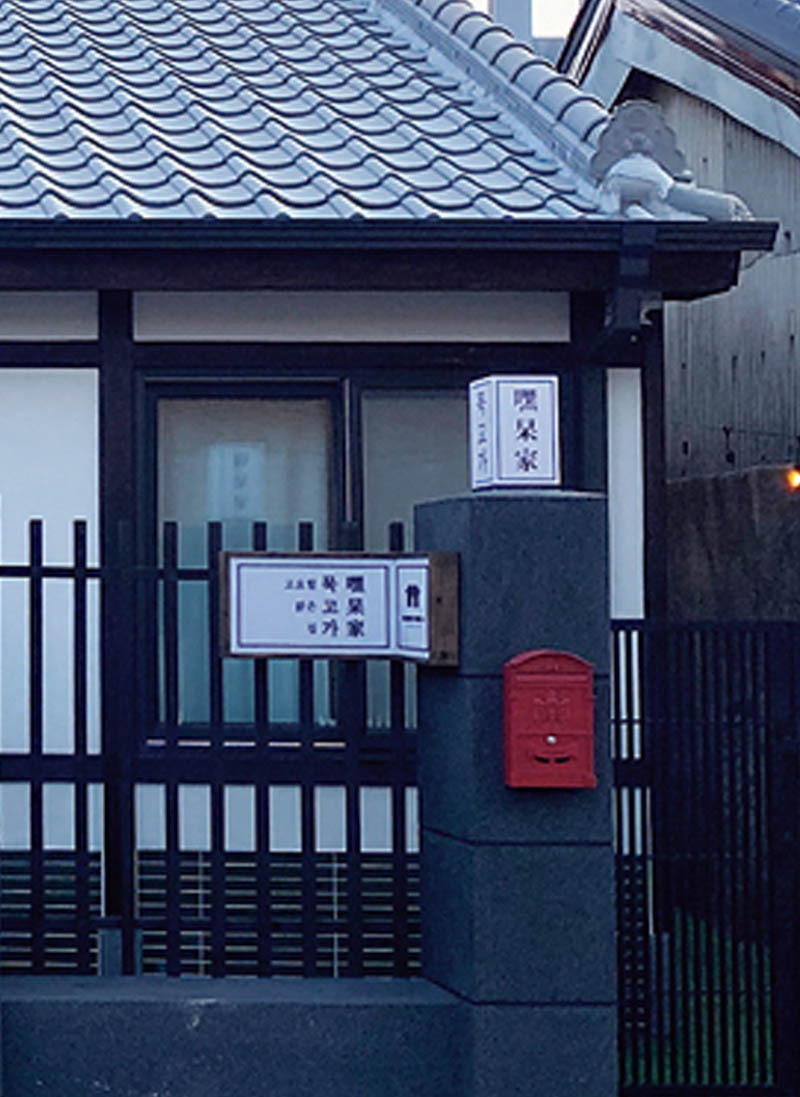
Mukgoga, remodeled from a residence built in 1930, is one of the lodgings comprising the Kkumkkuneun Bada Kkolmog hotel. It is located right next to Gyeongdong Cathedral and the Mokpo Modern History Museum.
Courtesy of Kkumbada Cooperative
The resulting hotel is named Kkumkkuneun Bada Kkolmog, which roughly translates to “dreamy sea alley.” It currently comprises ten guesthouses, six restaurants and cafés, and one gallery, all operated by cooperative members. Profits from the hotel, which offers visitors a stay that’s both atypical and memorable, are channeled back into the community.
Though now hailed as a success, the hotel got off to a rocky start. Under Korea’s Tourism Promotion Act, guesthouses operating in the urban regeneration zone of Mokpo’s old downtown were required to cater exclusively to foreign tourists. Then, shortly after the cooperative’s launch, the COVID-19 pandemic hit and brought all inbound tourism to a halt.
As the pandemic subsided, things changed for the better. The cooperative built online and offline marketing platforms and pushed for regulatory reforms to lift the ban on domestic guests. In 2021, the Ministry of the Interior and Safety recognized the hotel as a community enterprise, which helped to jumpstart its operations. It is now developing distinctive tourist programs and activities that can only be experienced in Mokpo.
FESTIVAL SPOTLIGHT
Following the opening of Mokpo Port, a street lined with dried seafood vendors formed in nearby Manho-dong. Fittingly, Korea’s first dried seafood association was established in Mokpo in 1958 and business flourished. But this lasted only a few decades. By the 1980s, the fishing industry withered and the port fell into decline. Many merchants left. Those who stayed struggled to keep their shops open but refused to give up. They came together to brainstorm ways to revive the area. In the fall of 2019, they hosted a beer festival that far exceeded expectations. Building on this success, they formed Geonmaek 1897 Cooperative, Geonmaek being a portmanteau of the Korean words geoneomul (dried seafood) and maekju (beer), while 1897 refers to the year Mokpo Port opened.
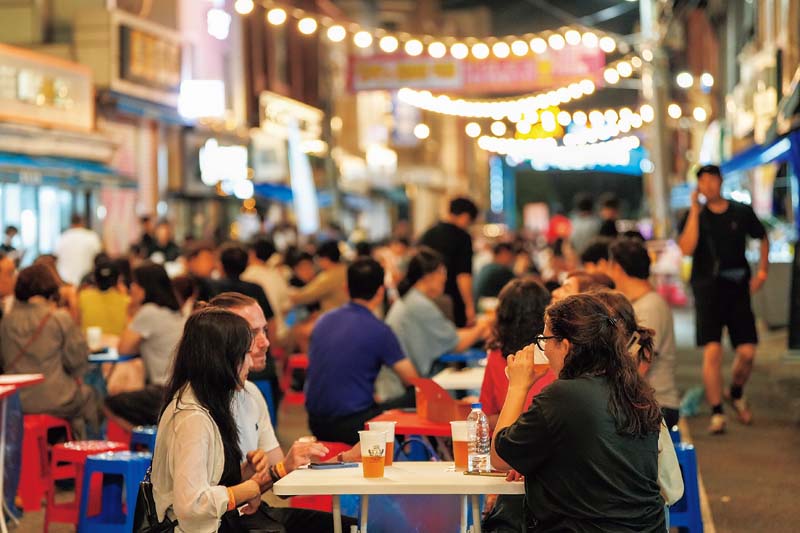
Launched in 2019, the 1897 Geonmaek Festival has become a popular annual event. It was among the first initiatives of Geonmaek 1897 Cooperative aimed at bolstering tourism in Mokpo.
Courtesy of Geonmaek 1897 Cooperative

Participants of Don’t Worry Village’s travel program in 2024 revel in the crystal-clear, pristine waters of Oedaldo, an island located six kilometers west of Mokpo.
Courtesy of Don’t Worry Village
The beer festival was a joint effort between the cooperative and local residents. Although modest in scale — drawing around three hundred people — it is now held at various times of the year and not to be missed on a visit to Mokpo. Its success owes much to the cooperative members, who, despite challenging circumstances, worked closely with the residents to shape the festival’s concept and direction. Rather than hiring famous singers, they invited amateur entertainers to perform at the event.
In 2022, the cooperative purchased a building and opened a pub. The members later renovated the second and third floors to build guest accommodations. In the early days, the pub’s food menu consisted entirely of dried seafood like squid and filefish. But as visitor numbers increased, they enlisted the help of culinary experts and introduced dishes with a local twist. Tourist favorites now include “shrimp fried chicken,” with a sauce made from ground dried shrimp, and “sea pizza,” which is topped with seafood.
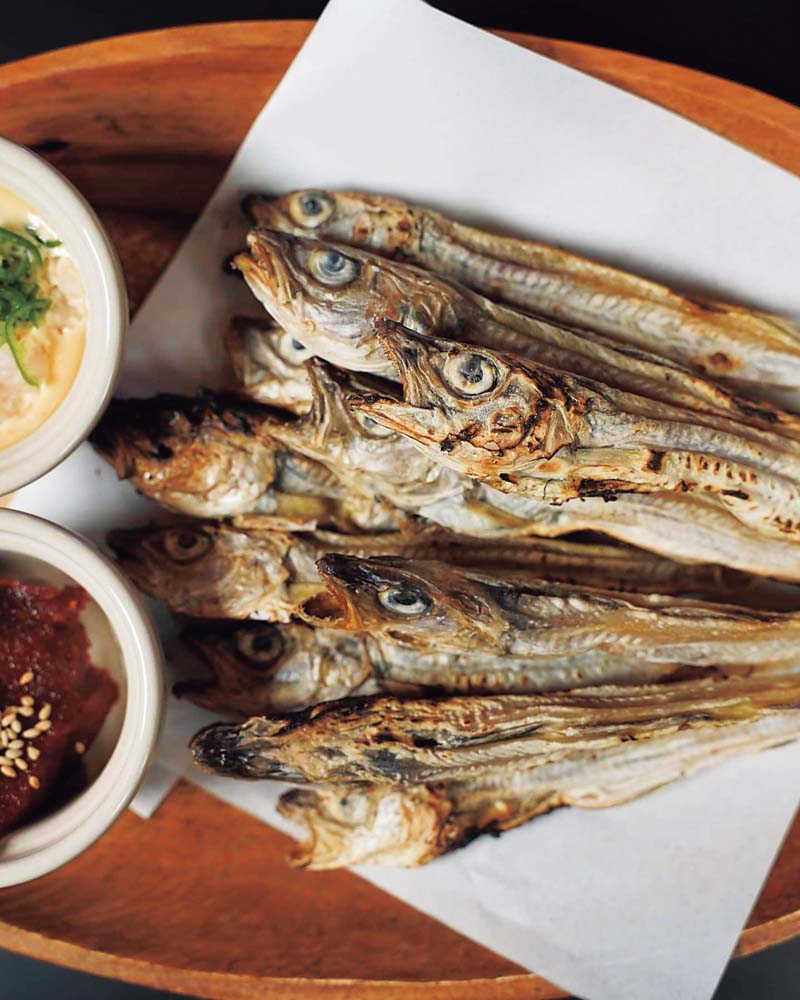
Geonmaek Pub, run by Geonmaek 1897 Cooperative, is a community space for locals by day and a village pub by night. It offers quality dried seafood from Mokpo’s waters at a budget-friendly price.
Courtesy of Geonmaek 1897 Cooperative
LEADING THE WAY
Like other smaller Korean cities, Mokpo still contends with a shrinking population. But since the mid-2010s, the number of households has slightly increased, driven by a rise in single-person households and the arrival of newcomers from other regions.
Other cities and towns seek to emulate Mokpo’s successful downtown revival. Officials from up and down the country visit the city to learn from the playbook for community-led urban revitalization and conservation. In 2020, the Ministry of Culture, Sports and Tourism named the city a tourism hub in recognition of its revitalization efforts and unique attractions. This year, Mokpo also received its sixth consecutive Korea City Award, through which the Ministry of Land, Infrastructure and Transport acknowledges best practices in sustainable urban development and living infrastructure.
Such recognition has added momentum to Mokpo’s efforts to thrive as a vibrant, self-sufficient city.